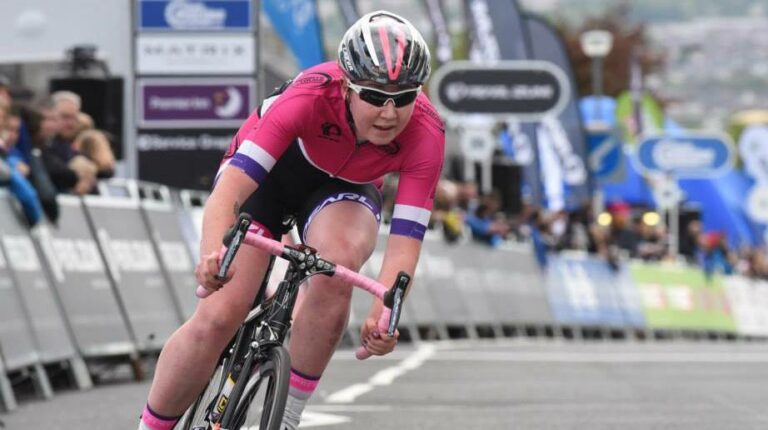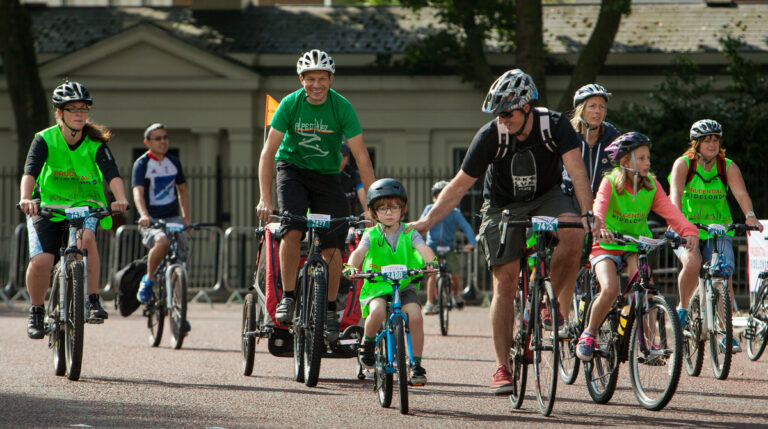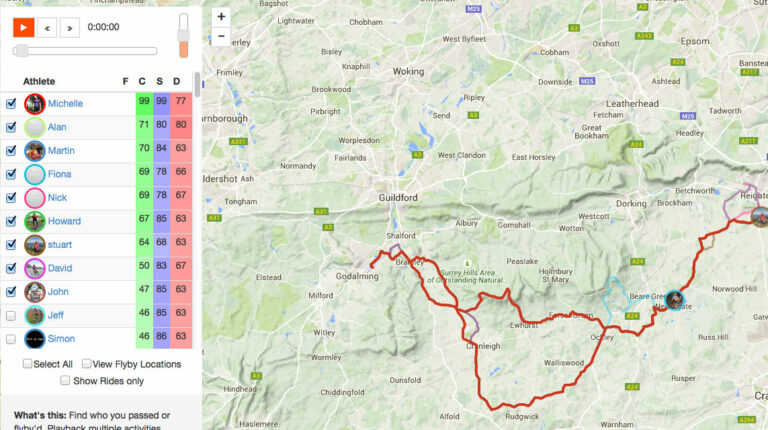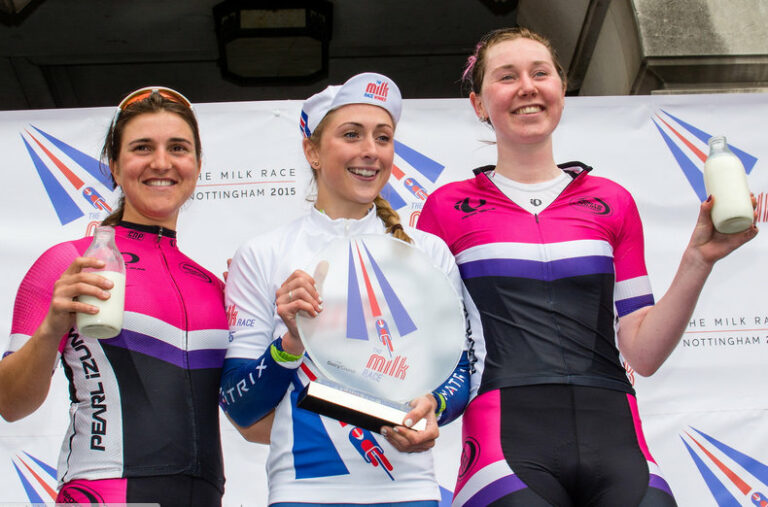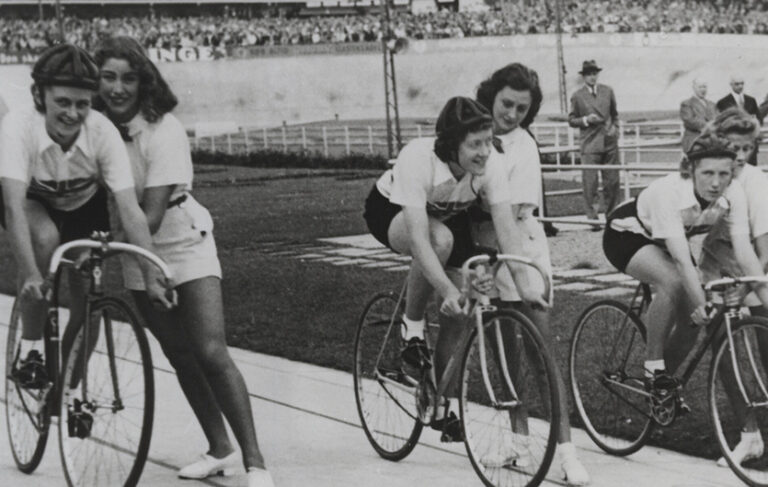The first ever ‘Women and Cycling’ conference last week was a chance for 150 women (and a sprinkling of lucky men) to put their heads together and ask “why don’t more women cycle and what can we do to encourage them?”
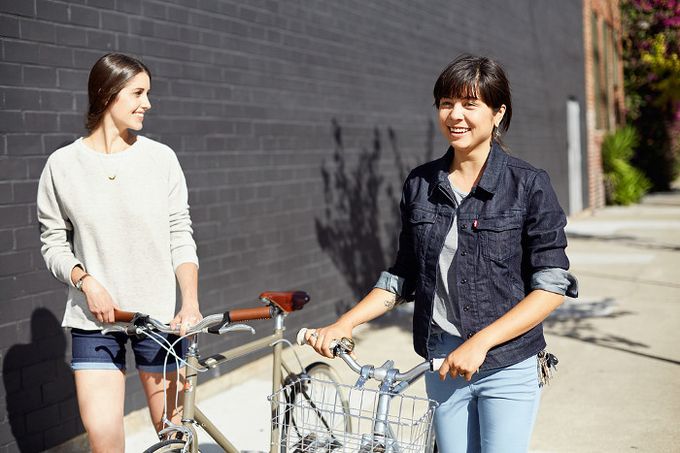
Two all-female panels took to the stage during the day and sandwiched between the presentations, the audience had a chance to chew the fat during round-table discussions.
The opening speakers left two stand out messages in my mind.
Number one came from Judith Rasmussen, of Sport England, and was something most of us following the ‘This Girl Can’ campaign already know: 75% of women want to do more exercise, but feel they can’t.
In the Netherlands, 52% of regular cyclists are women
Number two, from Senior Lecturer at Westminster University, Rachel Aldred: In the Netherlands, 52% of regular cyclists are women. This statistic validates something I already knew – there’s nothing psychological of physiological stopping women cycling, the low participation is as a result of environment.
The results of a Cyclescheme survey we published some time ago come to mind in explaining what those environmental factors are – barriers women identified with included weather (49%), arriving sweaty (28%), unmanageable hair/helmet hair (25%), feeling self-conscious (19%), uneven roads (18%) , abuse from motorists (16%).
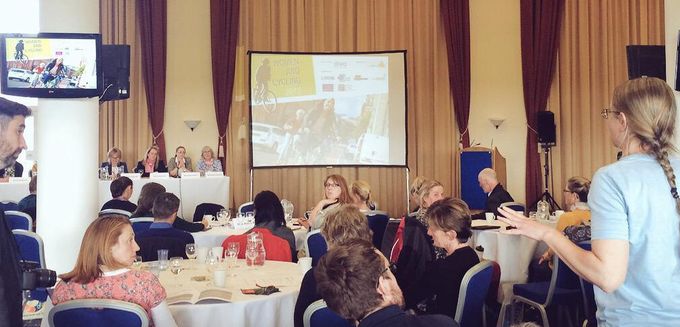
Effectively, to encourage women to begin cycling, we need safer roads (kinder drivers, failing this, more space for cyclists to escape abuse), and hair dryers and showers in offices. If those things can spark a few more women to ride, it follows that the idea of doing so might seem more ‘normal’, and thus reduced self-consciousness.
7 Things Cyclists Wish All Drivers Understood
And what of women who have been riding their bikes for some time – how can we ensure they stay passionate about their riding?
As you’d expect in a room full of cyclists, there were many different members of many different ‘tribes’ involved, united (in the main) by gender.
The event was chaired and opened by Kersten England, Chief Executive of York City Council. She gave her own story of cycling enlightenment – depicting her journey from a ‘deviant’ young woman ‘owning’ major roads and considering cycling lanes as “colluding with the enemy” to a more mature, cycling lane friendly commuter and sportive rider who leads a council devoted to promoting cycling.
Most women’s cycling initiatives are marketed like sanitary products – it all just feels very ‘BodyForm’.
Amongst the audience we heard from a mother who rides a box bike to take her children to school, and from an older lady who commutes on a trike. I had the chance to chat with two women who felt they’d rather just be considered ‘road cyclists who are women’ than be lumped into a group of ‘women cyclists’, even commenting that “most women’s cycling initiatives are marketed like sanitary products – it all just feels very ‘BodyForm’”.
The variety of women present further reinforced an opinion I already had: Yes, to encourage more women into cycling, road and town planners, as well as employers need to step up and provide cycle routes, showers, hairdryers (facilities many men would appreciate, too).
Once women are into cycling? The industry needs to take over and realise they can’t lump us all into one homogeneous group of “women”.
The cycling industry has a tendency to provide for ‘road cyclists’, ‘mountain bikers’, ‘commuters’ and, more recently ‘women’. However, your lycra wearing racing woman probably wants something very different to the average woman who commutes on a Dutch bike. Both warrant their space in the sphere as much as each other.
The industry needs to realise that women mean business.
In essence, the industry needs to realise that women mean business. If the state of affairs in the Netherlands is anything to go by, we mean just as much business, in fact, as the men.
Chris Garrison, UK Media Relations at Trek Bikes, amused the audience by equating many cycling shops to a “sausage fest” – pointing out that more women in-store, and of course more women in the industry, would equate to a more welcoming world all-round. Of course, we need to apply for jobs to make the industry more rounded – Isla Rowntree, founder of Isla bikes, told us she’d love more ladies within her workforce, but didn’t receive many female applicants.
Each of us can do our bit for cycling
Hitting the nil in the head in her closing talk, she added: “each of us can do our bit for cycling”.
Cycling is rapidly changing its view on the world, and the whole industry is coming round to the idea that women might want to ride more bikes if they were made to feel more welcome. The very existence of a cycling conference for women and all female panels speaks volumes.
We are much closer to equality – we just have to carry on demanding more, and keep the trend riding in the right direction.

